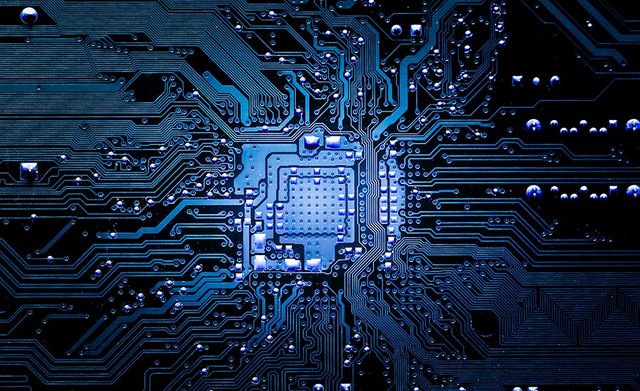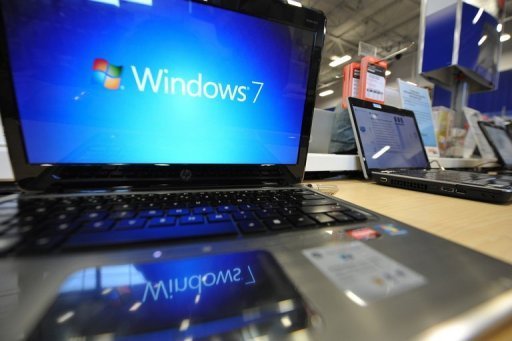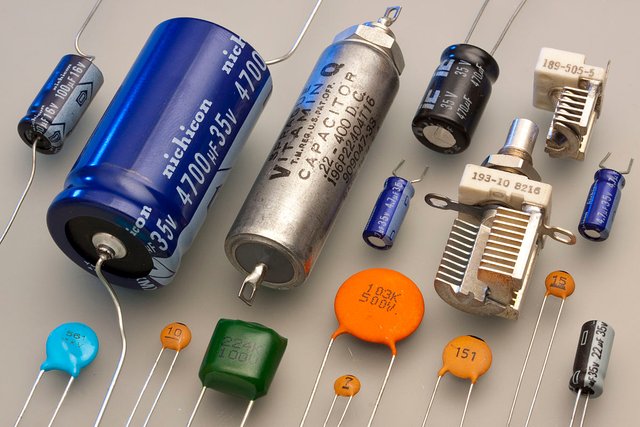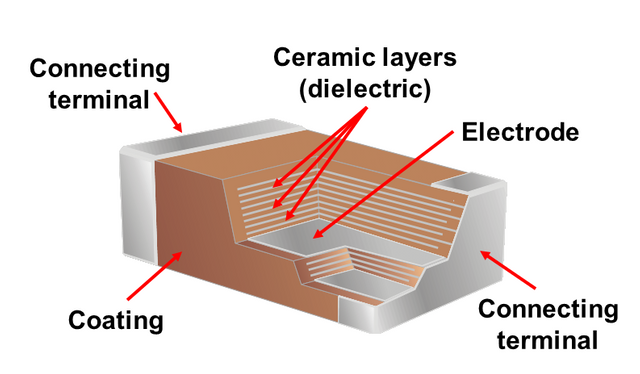Advance Ceramics Application to Electronics Industry

"Advance Ceramics Application to Electronics Industry"

The advancement of technology today respectively affects markets and industries for personal electronic devices and other digital equipment. Their development is primarily influenced by the inevitable progression of the electronic and digital devices and its increasing demand worldwide. Although the value of these electronic devices are depleting regularly with respect to time after debut, it is still outpaced by the fast development of such devices.
The electronic industry which emerged in the 20th century has now become a billion dollar and global industry. Products are assembled from microchips and other integrated circuits through various processing methods for industrial manufacture. With the continuous growth of this industry and the gradual increase in demand consequently results to the increase of the raw materials to be used for production and manufacture.
Based on sources, the history and the groundwork of this particular industry can be traced back to the phonographs or the gramophones as the earliest invention which was later followed by the inventions of radio transmitters and televisions. On the early 1940s, the first digital computers were fabricated but with a slow developmental progress and total sales. It was only in the 1990s where these computers started to catch the attention of the masses.

Today, the developmental progress of these electronic devices such as smartphones, computers, televisions, digital cameras etc. have become proliferating. Giant manufacturing industries have employed large numbers of the best electronic engineers and technicians to design and develop such products. At the same time, common parts for such devices such as metals, alloys, ceramics etc. have also been developed.

One of the most common parts of electronic devices which have been constantly developed today are resistors and capacitors. As the sizes of latest devices today have become smaller and smaller, newly developed ceramic-based electronic parts have been introduced to cope with today’s advancement in technology. Various ceramic properties provide appropriateness to be acknowledged as primary raw materials to be used as capacitors and resistors to be integrated in latest electronic devices.
Moreover, according to sources, the sales of capacitors and resistors have become uniformly strong based on statistical analysis. Furthermore, ceramic capacitors, especially multilayer ceramic capacitors or MLCC are the most produced and are mostly used and integrated to electronic equipment and devices which incorporate to roughly one trillion pieces per year. These capacitors are used to store electrical energy in an electric field.

One of the most common materials used in construction of MLCCs is barium titanate which is an inorganic compound and a ferroelectric ceramic material with a photorefractive effect and piezoelectric properties. Barium titanate is capable of having dielectric constant values of as high as 7000. And because of MLCCs’ ability of storing relatively large amount of energy in a very small volume, they are mostly used in manufactures of cell phones and computers.
A typical MLCC is comprised of multiple layers of ceramic separated by metal electrode layers made of silver/palladium or nickel depending on the application. Each ceramic layer is 10 microns to less than 1 micron thick while some of today’s capacitors contained about 500 layers.
With this remarkable capability of MLCC which offers high capacitance at small volume, it has expanded its range of applications to those requiring larger capacitance values in smaller cases. The multilayer ceramic capacitors or MLCC is regarded as the driving force of behind the technological advancement in terms of capacitors such as the conversion of electronic devices from through-hole mounting to surface-mount technology in the 1980s
THANK YOU FOR TAKING THE TIME TO READ MY POST
An Overview to the Manufacturing Process of Flat Glasses
Utilization of Rice Husk as an Alternative Fuel to Gas Stove/Cooker
Classification of Refractories According to Physical Form, Method of Manufacture and Chemical Nature
Ceramic Application to High Temperature Furnaces as Refractory Materials
References:
https://en.wikipedia.org/wiki/Ceramic_capacitor
https://en.wikipedia.org/wiki/Electronics_industry
Capacitors & Resistors by Hailey Lynne McKeefry
https://en.wikipedia.org/wiki/Barium_titanate
Particle Size of Electronic Ceramic Powders

@minboot resteem this Post .

Follow me to Resteem!
Great job.thanks for share.
I used to hate those ceramic capacitors because of inconsistencies in their values. When dealing with high-frequency and temperature driven experiments, one must be careful and watch closely to these caps... a slight change in temperature could cause a dramatic change in it's capacitance... especially on applications like audio amplifiers with very sensitive frequency-temperature relationship , tuning the right values (capacitance) is a pain when using these ceramic capacitors.
Nevertheless, you are right
and I think we can attribute this rightly to one of the most crucial property of ceramic capacitors... SAFETY and it's Environmental Friendly.
WEI HONG CHUANG Electronics Co., Ltd. (SOPSMT), which specializes in SMT machines and spare parts. SOPSMT has more than 10 years of experience in the electronics processing equipment industry. Customers all over the world, and win the trust and praise of customers. Long-term customers include BOSCH and FLEX in Spain and India, , Panasonic in Mexico, Samsung and Cliptechin Brazil.